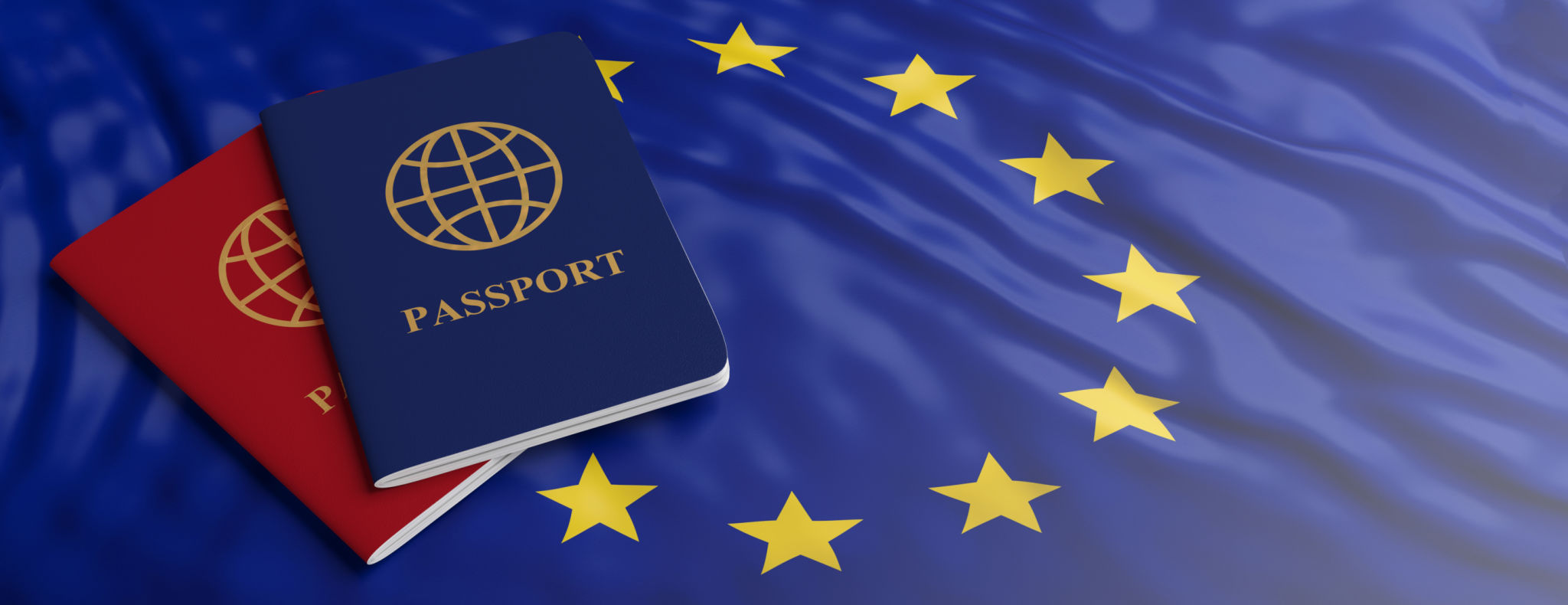Navigating the Path to Immigration in the EU: A Comprehensive Guide
Embarking on an immigration journey to the European Union (EU) can be both exciting and challenging. With its diverse cultures and opportunities, the EU attracts people from all over the world. However, understanding the complex immigration processes is crucial for a successful move. This guide aims to simplify the path to immigration in the EU.
Understanding EU Immigration Policies
The EU is made up of 27 member countries, each with its own immigration rules and regulations. While some policies are harmonized across the EU, such as the Schengen visa, others vary significantly from country to country. It's essential to research the specific requirements of your desired destination.
Before beginning the application process, familiarize yourself with the types of visas available. Common options include work visas, student visas, and family reunification permits. Each type has specific eligibility criteria and documentation requirements.

Preparing Your Documentation
Proper documentation is critical when applying for any EU visa. Start by gathering your essential documents, such as a valid passport, proof of financial stability, and evidence of accommodation. Additionally, you may need to provide health insurance coverage and a clean criminal record.
For work visas, a job offer from an EU-based employer is often necessary. Ensure that your employment contract meets the host country's labor standards and immigration policies. For students, acceptance into a recognized educational institution is required.
Navigating the Application Process
The application process can be lengthy and involves several steps. Begin by submitting your application to the relevant consulate or embassy of your chosen EU country. Be prepared for an interview where you may need to explain your reasons for moving and demonstrate your ties to your home country.
Processing times vary depending on the type of visa and the country. It’s advisable to apply well in advance of your planned move to account for any delays. Stay informed about your application's status and respond promptly to any requests for additional information.

Settling in Your New Country
Once your visa is approved, the next step is planning your move. Consider logistics such as housing, healthcare, and education if you have children. Researching cultural norms and language skills can also help ease your transition into a new environment.
Many EU countries offer integration programs to help newcomers adapt to their new surroundings. These programs often include language courses, cultural orientation, and assistance with finding employment.
Understanding Your Rights and Responsibilities
As an immigrant in the EU, it's vital to understand your rights and responsibilities. These may include adhering to local laws, paying taxes, and renewing your visa or residency permit before it expires. Failure to comply with these can result in penalties or deportation.
Additionally, familiarize yourself with the paths to permanent residency or citizenship if you plan to stay long-term. These often require a certain period of residence and proficiency in the local language.

In conclusion, navigating the path to immigration in the EU requires careful planning and attention to detail. By understanding the policies, preparing your documentation, and familiarizing yourself with local customs, you can make the transition smoother and more successful.
